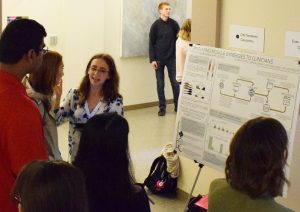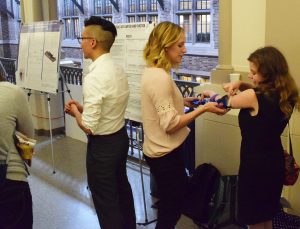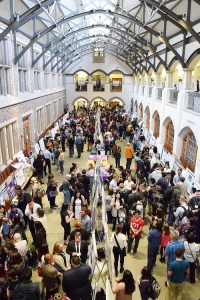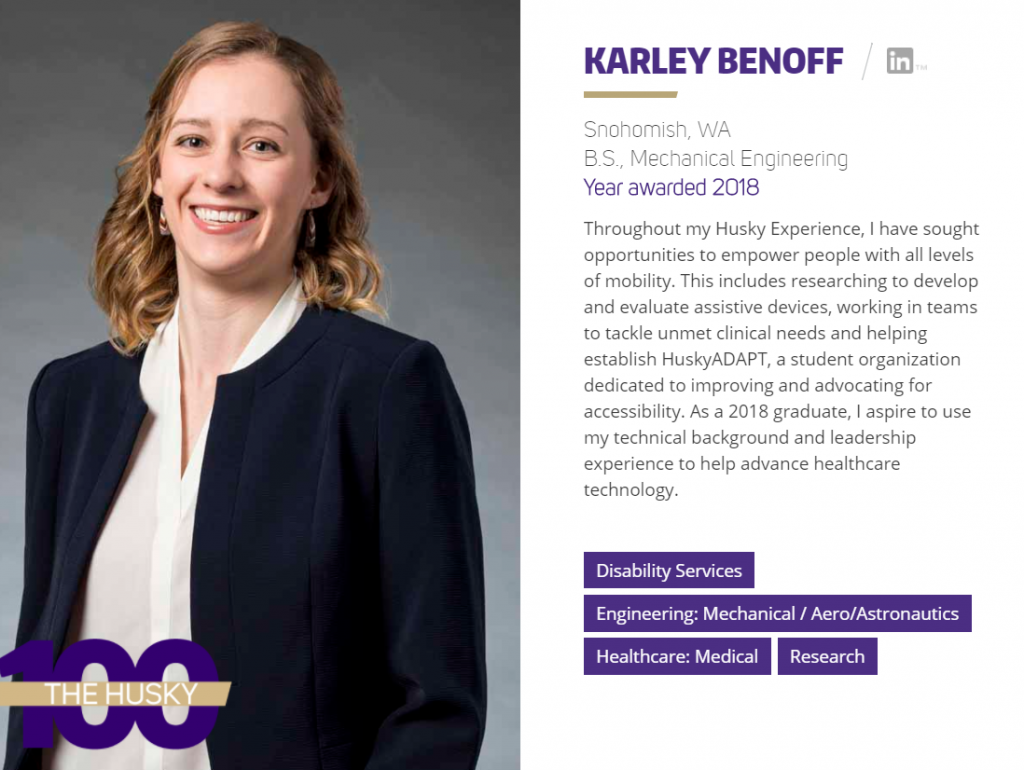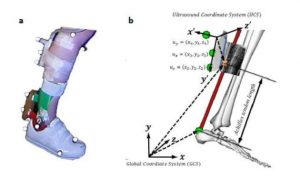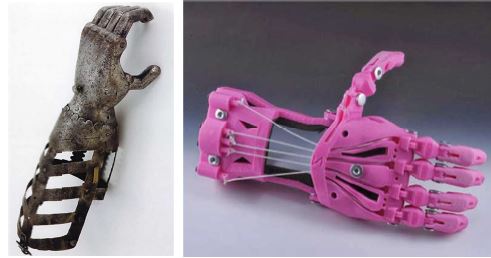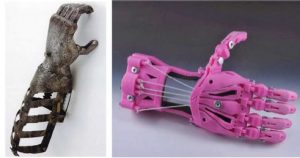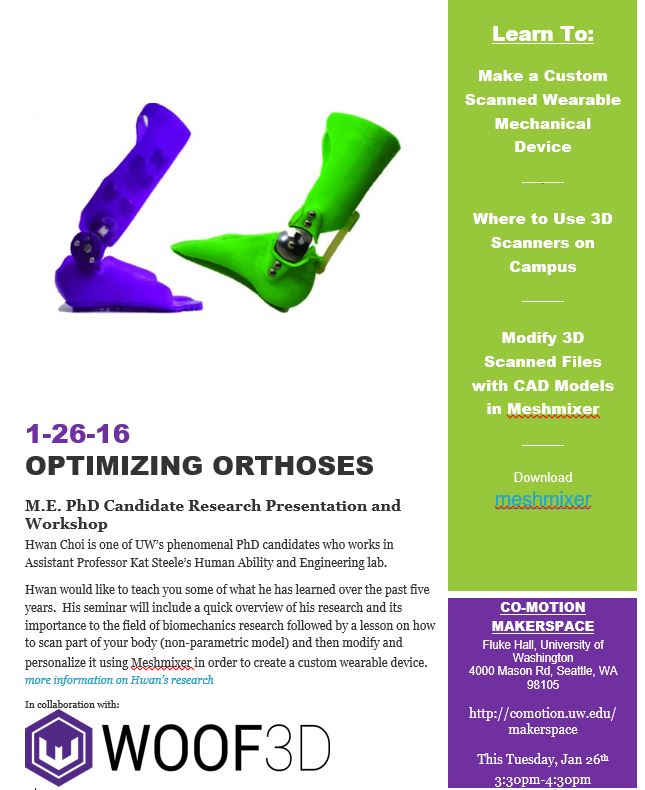On May 18th, Claire Mitchell, Karley Benoff, and Makoto Eyre presented their research at the Mary Gates Undergraduate Research Symposium. These three students worked on year-long projects and showcased their hard work during a campus-wide poster session.
Claire’s research focused on creating a website and server framework for clinicians and researchers across the country to use for calculating muscle synergies for motor control analysis. Muscle synergies are an incredibly complex and computationally expensive analysis of electromyography data but provide quantification of motor control and assist in therapy prescription for movement disorders.
Karley and Mako’s research focused on designing and testing a 3D-printed elbow-driven orthosis for individuals with limited hand function. They drew inspiration from upper-extremity prosthetic devices and evaluated a voluntary close and voluntary open mechanism to assist an individual’s dominant limb.
Great work Karley, Mako, and Claire!

